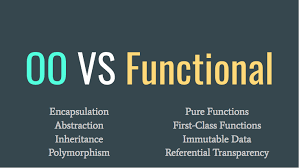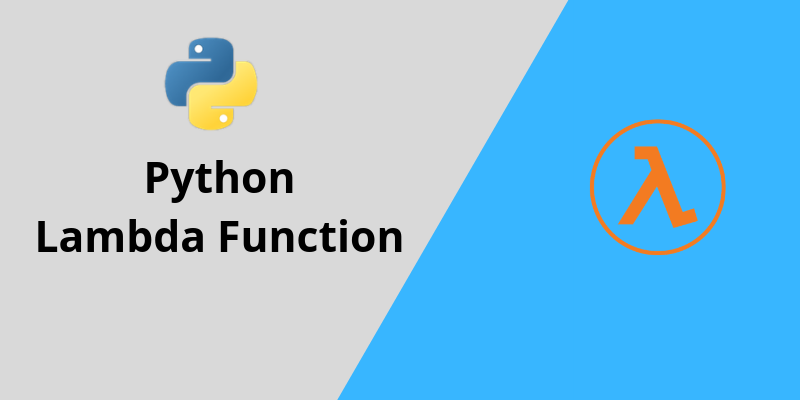Functional Programming vs OOP: Best Comparison
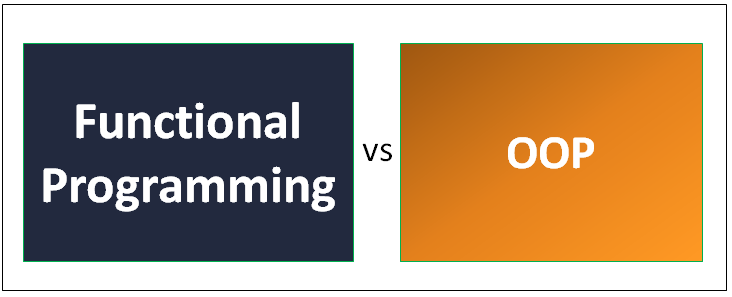
In the comparison between functional programming vs OOP, the choice of programming paradigm depends on various factors, including the requirements of the project, the preferences of the development team, and the ecosystem and community support for the language.
Functional programming vs OOP
Functional programming (FP) and object-oriented programming (OOP) are two popular paradigms in software development. While they have different approaches and philosophies, both are used to write efficient and maintainable code. Let’s explore the key characteristics of each paradigm in the comparison between functional programming vs OOP.
- Object-Oriented Programming (OOP):
OOP is based on the concept of objects, which encapsulate data and behavior. The fundamental building blocks of OOP are classes, which are used to define objects and their properties (attributes) and actions (methods). Here are some key features of OOP:- Encapsulation: OOP promotes encapsulation by bundling data and methods together within a class, making it easier to manage and control access to the object’s internals.
- Inheritance: OOP supports inheritance, allowing classes to inherit properties and methods from other classes. This promotes code reuse and the hierarchical organization of code.
- Polymorphism: OOP enables polymorphism, which allows objects of different classes to be treated as objects of a common superclass. This allows for more flexible and extensible code.
- State and Identity: OOP focuses on managing the state and identity of objects over time. Objects can have mutable states, and their behavior can depend on their internal states.
OOP is well-suited for modeling systems with complex behaviors, interactions, and hierarchies of objects. It emphasizes code organization around objects and their interactions, making it easier to understand and maintain codebases in comparison to functional programming vs OOP.
- Functional Programming (FP):
FP is centered around the concept of functions as first-class citizens. Functions in FP are treated as values that can be passed around, stored in variables, and returned from other functions. Here are some key features of FP:- Immutability: FP promotes immutability, where data structures and variables are not modified once created. Instead, new data structures are created as a result of transformations.
- Pure Functions: FP emphasizes pure functions, which produce the same output for the same input and have no side effects. Pure functions make code more predictable, testable, and easier to reason about.
- Higher-order Functions: FP leverages higher-order functions, which can accept other functions as arguments or return them as results. Higher-order functions enable powerful abstractions and modular code.
- No Shared State: FP discourages shared mutable state and favors working with immutable data. This reduces the likelihood of bugs related to concurrent access and makes programs more robust.
FP is well-suited for solving problems that can be expressed as transformations of immutable data. It promotes code that is concise, modular, and easier to reason about. FP also aligns well with parallel and distributed computing, as immutable data can be safely shared across multiple threads or processes.
In practice, many programming languages support both paradigms to varying degrees. Some languages, like Java and C++, are primarily object-oriented but also provide support for functional programming. Others, like Haskell and Clojure, are predominantly functional but still allow OOP-style programming.
In comparison to functional programming vs OOP, choosing between FP and OOP depends on the nature of the problem, the requirements of the project, and personal preferences. Both paradigms have their strengths and weaknesses, and skilled developers often combine elements of both to create well-designed and maintainable software systems.
The most popular functional programming language:
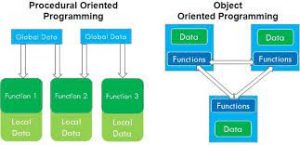
Functional programming languages have gained popularity in recent years due to their unique approach to programming, emphasizing immutability, pure functions, and the avoidance of side effects. Several functional programming languages have garnered a significant following. As of my last knowledge update in January 2022, some of the most popular functional programming languages include:
- Haskell: Haskell is a purely functional, statically typed language known for its strong type system and advanced type inference. It has a dedicated community and is widely used in academia.
- Clojure: Clojure is a Lisp dialect that runs on the Java Virtual Machine (JVM) and the JavaScript runtime. It emphasizes immutability, concurrency, and expressive data structures.
- Elixir: Elixir is built on the Erlang Virtual Machine (BEAM) and is known for its robust support for concurrency and fault tolerance, making it a popular choice for building distributed and real-time systems.
- F#: F# is a functional-first language developed by Microsoft. It’s part of the .NET ecosystem and combines functional and object-oriented programming.
- Scala: Scala is a hybrid language that combines functional and object-oriented programming. It runs on the JVM and is known for its conciseness and expressive syntax.
- Elm: Elm is a functional programming language for front-end web development. It is designed to create reliable and maintainable web applications with a focus on simplicity and correctness.
- PureScript: PureScript is a strongly typed functional programming language that compiles to JavaScript, making it a choice for writing front-end web applications.
- Racket: Racket is a Lisp dialect that is known for its extensibility and is often used for creating domain-specific languages (DSLs) and educational purposes.
- Erlang: While often associated with concurrent and distributed systems, Erlang has functional programming at its core and is recognized for its fault-tolerant features.
- Lisp: Lisp is one of the oldest functional programming languages and continues to have a devoted following. Common Lisp and Scheme are two of the more popular dialects.
Most popular functional programming vs oop
Functional Programming:
- Haskell
- Clojure
- Erlang
- OCaml
- Scala
Object-Oriented Programming:
- Java
- C++
- Python
- C#
- Ruby
- functional-programming.
- scala.
- haskell.
- f#
- benchmarking.
What is the difference between OOP vs functional programming?
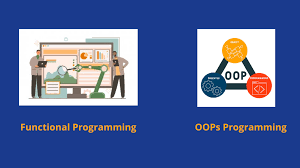
In the comparison between functional programming vs OOP, the main differences between object-oriented programming (OOP) and functional programming (FP) can be summarized as follows:
- Approach to Problem Solving:
- OOP: OOP focuses on modeling systems as a collection of objects that encapsulate data and behavior. It emphasizes the interactions and relationships between objects.
- FP: FP focuses on expressing computations as the evaluation of mathematical functions. It emphasizes immutability, pure functions, and the transformation of data.
- Data and State Handling:
- OOP: OOP uses objects to encapsulate both data and behavior. Objects have mutable state, and their behavior can depend on their internal states. OOP supports concepts like inheritance and polymorphism.
- FP: FP promotes immutability, where data structures and variables are not modified once created. FP emphasizes pure functions that don’t have side effects and produce the same output for the same input. State changes are managed by creating new immutable data structures.
- Control Flow and Flow of Data:
- OOP: OOP typically uses control structures like loops and conditionals to manage flow control. Objects interact with each other through method calls, which modify object state and trigger behavior.
- FP: FP relies heavily on higher-order functions, where functions can be passed as arguments or returned as results. It emphasizes composing functions and manipulating data structures using functions like map, filter, and reduce.
- Code Organization and Reusability:
- OOP: OOP promotes code organization around objects, classes, and hierarchies. It supports concepts like encapsulation, inheritance, and polymorphism, which facilitate code reuse and modular design.
- FP: FP encourages composing small, focused functions to build larger programs. It emphasizes code as data and the use of higher-order functions for code reuse. Functions can be easily composed and reused across different parts of a program.
- Concurrency and Parallelism:
- OOP: OOP can have challenges with concurrent programming due to mutable shared state, which can lead to issues like race conditions. However, many OOP languages provide mechanisms like locks and synchronization primitives to manage concurrency.
- FP: FP promotes immutability and pure functions, which make it easier to reason about concurrent and parallel code. Immutable data can be safely shared across multiple threads or processes without the risk of data corruption.

